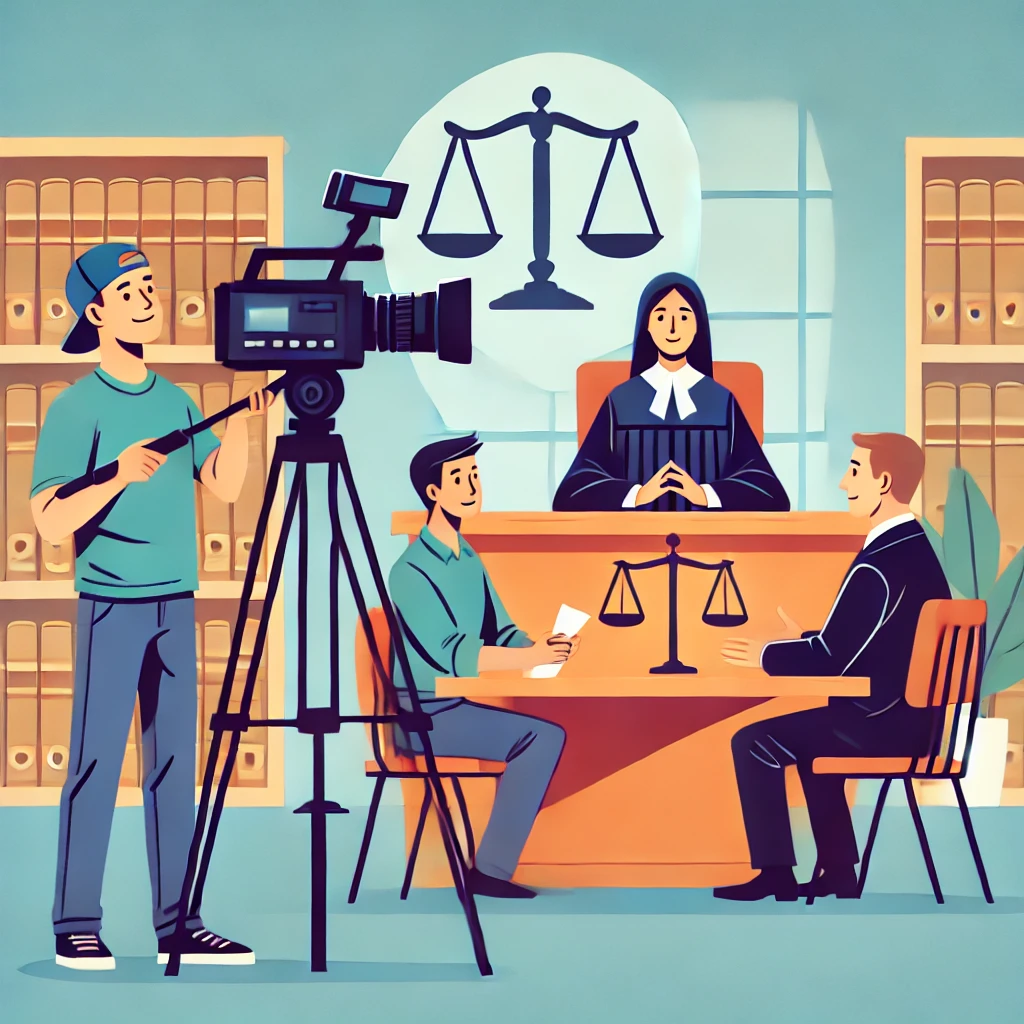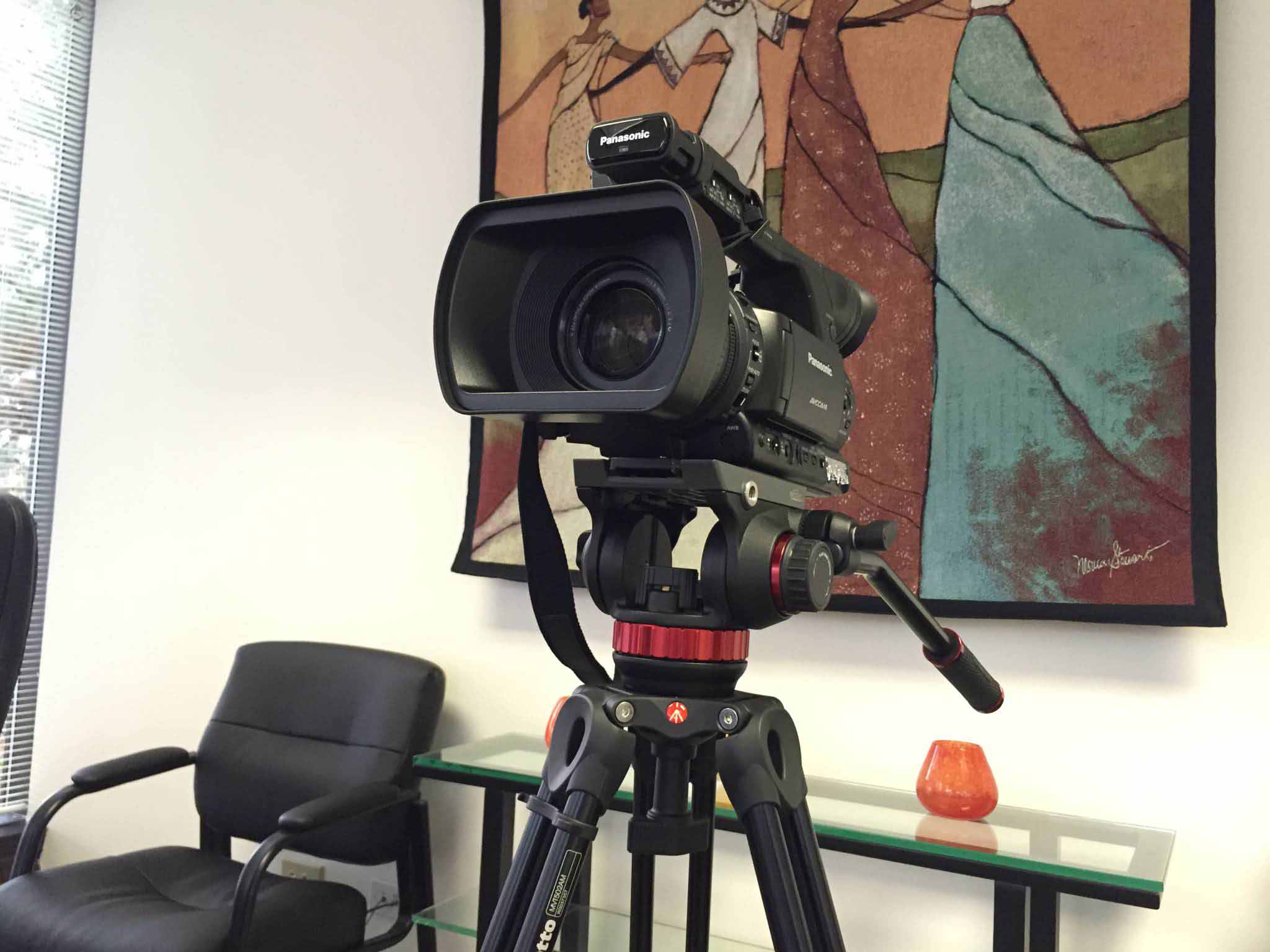Why Legal Videography Is Essential for Accurate Court Recordings
The function of legal videography in court room settings can not be overemphasized, as it works as a vital tool for protecting the stability of court records. By catching both verbal and non-verbal interaction, it improves the clearness of witness statements and shows the nuances of courtroom communications. This thorough documents not just aids in lowering potential misunderstandings however likewise sustains appellate testimonials, thereby reinforcing the judicial procedure. However, the implications of integrating lawful videography into typical court room practices increase vital inquiries concerning its more comprehensive influence on the legal system. What might these ramifications entail?
Relevance of Visual Evidence
In the realm of legal process, the relevance of visual proof can not be overstated. Aesthetic proof acts as a powerful tool in developing truths, substantiating testaments, and improving the total clarity of an instance. This kind of evidence, that includes pictures, video clips, and diagrams, can provide a tangible context that spoken descriptions commonly do not have, consequently offering juries and judges a more clear understanding of the scenarios bordering an instance.
Additionally, visual proof aids in the retention of details. Human cognition is naturally aesthetic, and people are most likely to keep in mind and understand info offered in an aesthetic style. In the court room, this can be crucial, as engaging aesthetic evidence can sway opinions and reinforce the narrative offered by legal representatives.
In addition, using visual proof can minimize misconceptions and obscurities that typically develop from spoken exchanges. By offering a straight representation of occasions, visual evidence helps to remove subjective analyses and promotes a more objective exam of the truths. Subsequently, the integration of aesthetic proof into lawful process not just enhances the stability of the judicial process however also enhances the possibility of achieving a just end result.
Capturing Non-Verbal Signs
Utilizing innovative videography strategies can substantially improve the capture of non-verbal cues during lawful process. Non-verbal interaction, including facial expressions, body language, and eye call, plays a crucial function in conveying feelings and purposes that may not be clearly stated in spoken statement. legal videography. Legal videography employs high-def cameras and critical angles to make certain that these subtle signs are tape-recorded with quality and precision
The ability to evaluate non-verbal actions can offer valuable context to declarations made throughout court sessions. For example, a witness's unwillingness or confidence can be interpreted via their position or gestures, possibly influencing the jury's perception of trustworthiness. Additionally, making use of close-up shots can aid focus on a speaker's expressions, permitting an extra nuanced understanding of the testament.
Additionally, integrating numerous camera angles can produce a detailed sight of communications, highlighting characteristics in between celebrations entailed. This multifaceted approach not just boosts the precision of the court record yet likewise help in preserving the stability of the judicial process - legal videography. Inevitably, capturing non-verbal cues via lawful videography cultivates a richer, extra total representation of court procedures

Enhancing Testament Reliability
The reliability of testimony can be dramatically strengthened via making use of high-quality legal videography. Video clip recordings act as an unbiased tool that catches not just the talked words of witnesses yet additionally the subtleties of their distribution, consisting of tone, pacing, and emotional expressiveness. This multifaceted documentation provides a clearer understanding of the witness's reputation and objectives, which can be critical in lawful process.
In addition, lawful videography minimizes the potential for false impressions that might arise hop over to these guys from composed transcripts alone. When jurors can observe a witness's attitude and body movement combined with their testament, they are better equipped to analyze the credibility and reliability of the evidence provided. This visual context can reinforce the testimonial narrative, making it much more engaging and trustworthy.
In addition, the presence of a video clip recording can deter possible incongruities in testimony. Witnesses might be much more careful in their statements when they understand they are being taped, leading to more accurate and genuine accounts. On the whole, top notch legal videography enhances the integrity of statement, making sure that the court has accessibility to a total and genuine representation of the realities as communicated by the witnesses.
Supporting Appeals and Reviews
Legal videography plays an essential function in supporting allures and testimonials by providing a comprehensive aesthetic record of courtroom process. This aesthetic paperwork captures not only the talked words of witnesses and attorneys however likewise the subtleties of body movement, intonation, and court room dynamics. Such aspects can be crucial in understanding the context of statements and debates presented.
In the appellate procedure, where the focus is on mistakes of law and step-by-step fairness, a video clip record can serve as a vital device for appellate courts. It enables courts to examine the initial test context, making sure that decisions are based on a complete understanding of the proceedings. The capability to aesthetically analyze the attitude of witnesses or the communications in between parties can reveal understandings that written transcripts may forget.

Furthermore, legal videography can aid in clarifying uncertainties in statements or step-by-step judgments, therefore reinforcing the basis for a charm. By using a reliable, objective account of what taken place in court, legal videography not just sustains the integrity of the lawful process yet also empowers all events included to make enlightened choices regarding their instances.
Simplifying Court Room Processes
Enhancing court room efficiency, lawful videography simplifies procedures by offering instant accessibility to aesthetic documents of procedures. This innovation allows judges, attorneys, and courts to revisit crucial testimony and proof, making sure that all celebrations have a clear understanding of the case. By catching the subtleties of verbal and non-verbal interaction, here videography improves the document, making it less complicated to realize the context and weight of testaments.

Additionally, video clip recordings can assist in remote engagement in hearings, enabling greater adaptability in organizing and engagement, which is specifically valuable in complicated instances entailing multiple stakeholders.
Final Thought
In my latest blog post final thought, legal videography plays a crucial role in making sure precise court recordings by offering crucial aesthetic evidence that records both verbal and non-verbal interaction. This method boosts the integrity of testaments, sustains appellate evaluations, and improves court procedures. By fostering a detailed understanding of courtroom dynamics, legal videography ultimately adds to more fair judicial outcomes, strengthening the stability of the lawful system and facilitating notified decision-making.